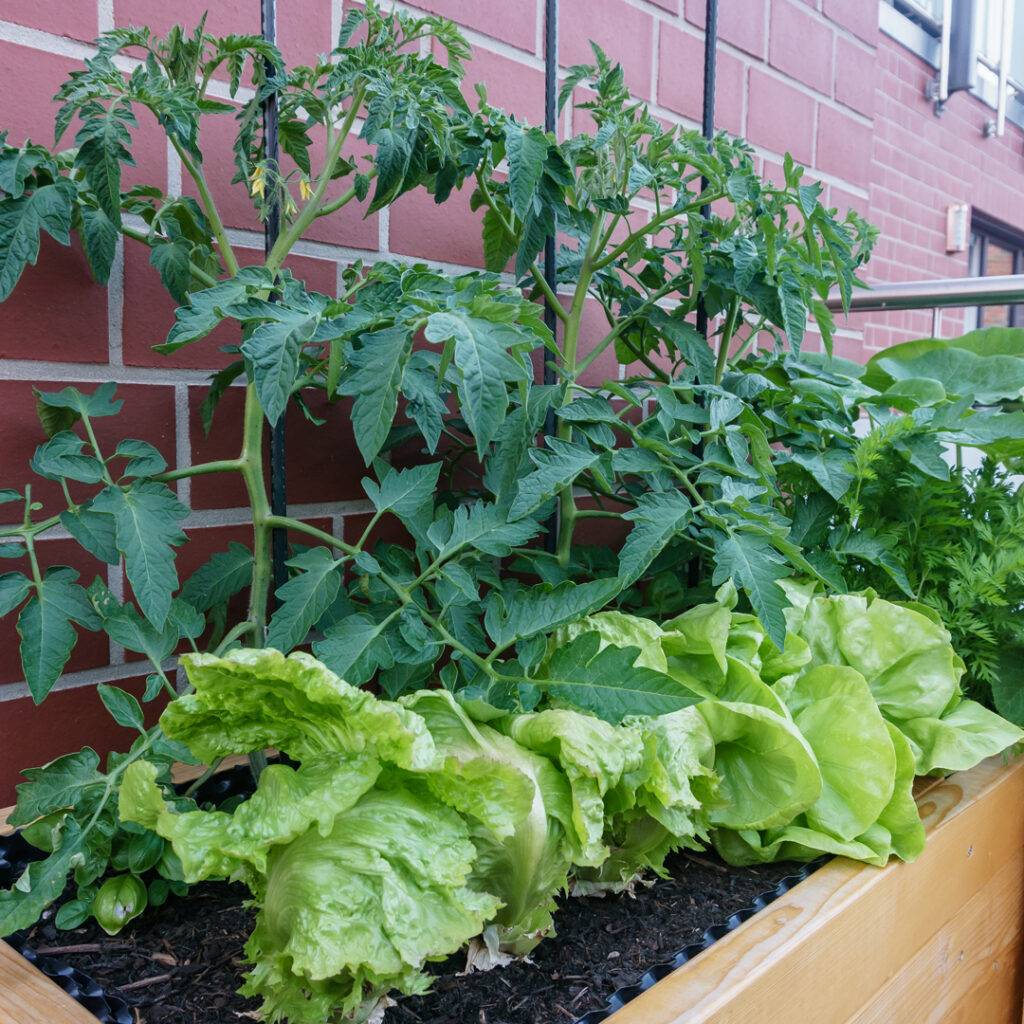Artist & tutor Helen Grimbleby takes much of her inspiration from nature for her artwork from her studio in West Berkshire
Like buses, you wait for ages and then Easter and May bring bank holidays a plenty!
Whilst many bank holidays are centuries old workers’ holidays, May Day Bank Holiday was a late comer in the 1970s. Even so, May celebrations have a long history and are entwined with changes we can witness in nature.
Our distant ancestors lived necessarily in close rhythm with the seasons. The month of May for the Romans brought a festival for Flora, the goddess of flowers, fertility and spring. For the Celts this was the time for summer pastures to open. For Pagans, celebrations were about fertility and new life.
Birds carry this heritage too and sing of new life. The musical dawn chorus peaks around now.
In spring, birds’ hormones change to enlarge the parts of their brains responsible for song. Bird song functions as a declaration of territory and to attract a mate. When the air is cooler in the morning, birdsong carries much further allowing males to broadcast to more females.
Only around 50% of our birds are resident here all year with spring and autumn migration bringing variety which changes according to the time of year. When some birds leave our shores, others return.
Spring migrators have been in decline but if we’re lucky we may still hear the sound of a tuneful cuckoo or the false cuckoo, the unassuming looking blackcap who visited my bird feeder recently.
Swallows and swifts fly elegantly, weaving intricate patterns in the air as they search for insects on the wing. Despite a long migration from Africa, their streamlined bodies are perfectly shaped to execute their aerial manoeuvres which continue until they leave us again in the autumn.
At the this of avian courtship and union, nature braids fine veils for spring brides and white blankets for newborns, dressing her hedgerows in Queen Anne’s Lace, hawthorn blossom and oxeye daisies.
Helen Grimbleby is a West Berks/North Hants based artist who is inspired by the natural world’s changing seasons. After exploring outside, she enjoys writing, illustrating and painting larger landscapes at her home studio (@helengrimblebyart).











